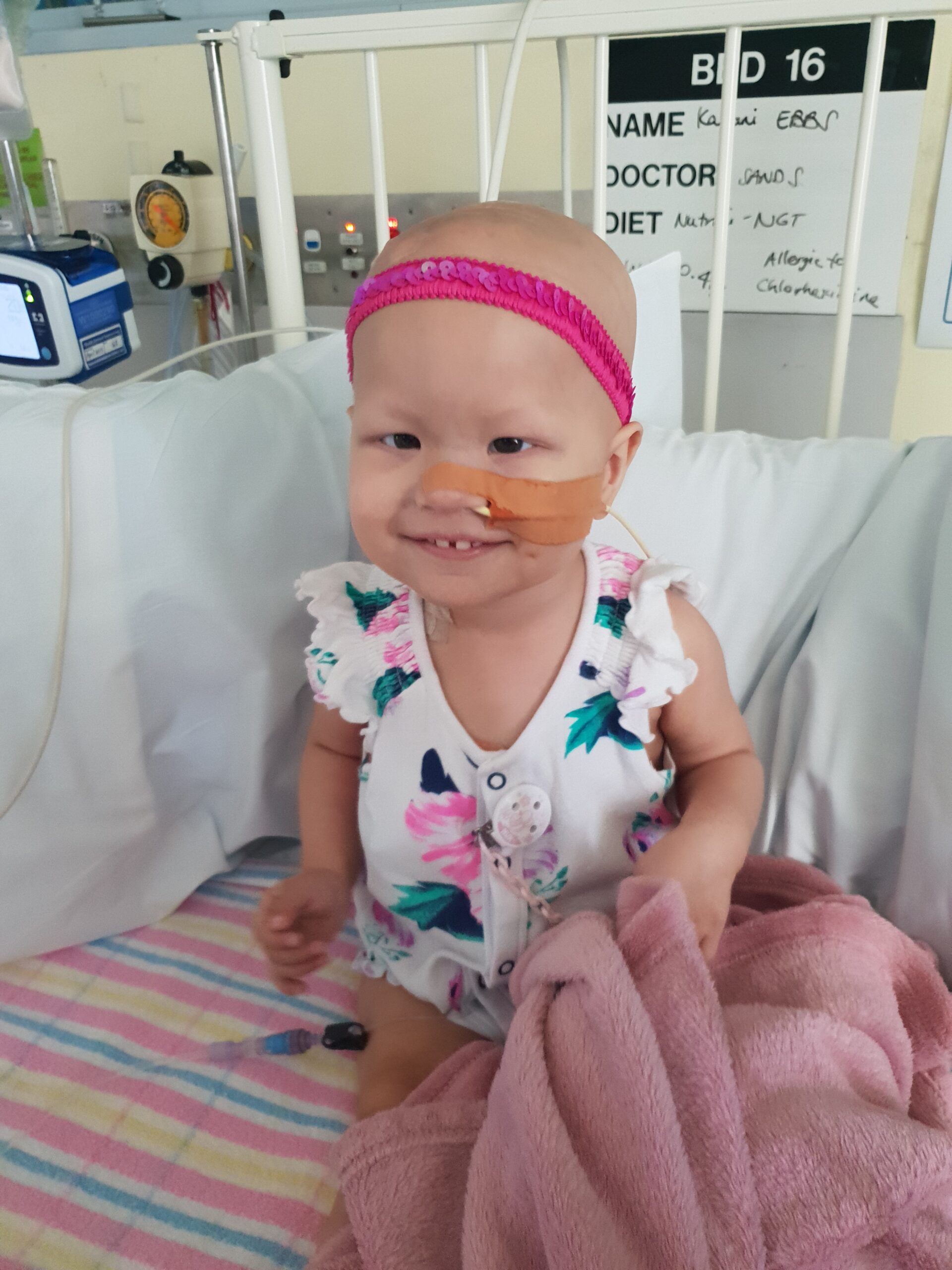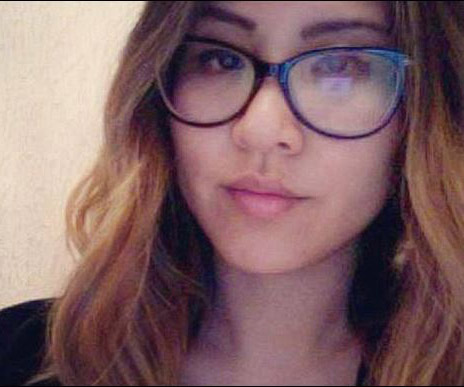Brain cancer is the most common form of cancer death in people under 40 and for such a serious disease, it hasn’t received as much attention as other cancers.
Famous faces including Johnny Ruffo, Maria Menonous and Carrie Bickmore’s late husband, Greg Lange, have all suffered from brain cancer, but when it comes to children, it’s not only the most common form of solid tumours, but it’s also the biggest killer.
In an exclusive chat with Now To Love, neurosurgeon Professor Brian Owler shares the facts on brain cancer and how to recognise potential symptoms in your child.
Johnny Ruffo was diagnosed with a brain tumour in August 2017 whereas Carrie Bickmore set up Beanies for Brain Cancer in honour of her husband who died from the disease in 2010.
Why is brain cancer so serious?
Brain tumours make up a large portion of paediatric neurosurgeons’ work and Professor Owler is no different.
“I work at Westmead Children’s Hospital in Sydney and we probably see someone coming through with at least one new brain tumour every week and some of those are benign obviously but unfortunately a lot of them are malignant.”
“When we look at brain tumours in children, there are some common ones that we see and if they’re removed, the vast majority of them heal really well, it’s probably about half the tumours we see. But unfortunately the other half tend to be more aggressive tumours and they’re the ones that need not only surgery but radiotherapy and chemotherapy as well.”
WATCH: 6 month-old Kalani’s battle with brain cancer.
Why is brain cancer in children different to brain cancer in adults?
Even though they are the most solid, common tumour in children, Professor Owler admits that doctors often don’t expect brain tumours to occur. This means that patients themselves, particularly the little ones, can’t express what’s going on and it takes longer for them to be diagnosed.
“They often can’t say that they have a headache and so it’s usually not until the findings are fairly obvious that someone actually does a scan and finds what’s going on. Because the diagnosis is delayed, we find that the tumours are larger and sometimes can be more advanced.”
Professor Owler adds that while it can occur with adults as well, tumours in children tend to be more diverse, including the malignant types. They can also occur in a different location in the brain.
“The types of tumours that we see often end up being quite challenging and difficult to operate on and deal with.”
What are the symptoms my child could have brain cancer?
The most common symptom children tend to exhibit, but it all depends on the age group of the child.
“Older children can express what’s going on and they can say they have a headache. They might have symptoms like nausea and vomiting, particularly first thing in the morning.
“But in younger children, it’s often other signs; they might be more unsteady on their feet, they may have more obvious signs like weakness in an arm or leg that prompts people to say ‘We should have a look and see what else is going on,'” says Professor Owler.
“The vast majority of tumours we see are not because of anything they or parents have or haven’t done, it’s unfortunately a matter of terrible luck and it can affect any child. It’s one of those things that seems to come out of the blue and obviously when people get the diagnosis, it’s a terrible shock. But it’s amazing how people react in terms of how stoic they can be and they get on and do whatever’s necessary to address the issue.”
READ MORE: Johnny Ruffo opens up about his brain tumour diagnosis.

Little Kalani’s mum noticed something was wrong when she would pick her up and her head would tilt to the left. Read her story here.
Is there a cure for brain cancer?
There’s still a long way to go, but treatment for brain tumours and cancer has come a long way in recent years.
“Some of the tumours perhaps 20 or 30 years ago were universally fatal but we now have cure rates of up to 80 per cent in those tumours. They have to have a lot of treatment, but we know that we can get some pretty good results,” says Professor Owler.
However, certain tumours such as Diffuse Pontine Gliomas (DIPGs) or Atypical Teratoid/Rhabdoid (ATRT) tumours that are more common in kids, are very aggressive and the prognosis is nowhere near as good.
“We need to focus on each of those types of tumours. There is a lot of good work that’s happening at the moment and the recent investment that we’ve seen going in, from the trials that are coming online now, I think they offer a degree of hope that perhaps they’re in the past.”
Professor Owler is also optimistic about the Australian Brain Cancer Mission, a $100 million joint intitiative between the Cure Brain Cancer Foundation and the Federal Government, that aims to double brain cancer survival in 10 years.
“It’s a good step in the right direction for making sure there’s a strong level of commitment to finding a cure for brain cancer for adults and children because we see far too many dying from this terrible disease.”
The Cure Brain Cancer Foundation is also holding their annual Gala Ball in Sydney in September to raise much-needed funds to find a cure. If you want to eat good food, check out some haute couture fashion and rub shoulders with celebrities including Home and Away‘s Johnny Ruffo, grab trickets here.

